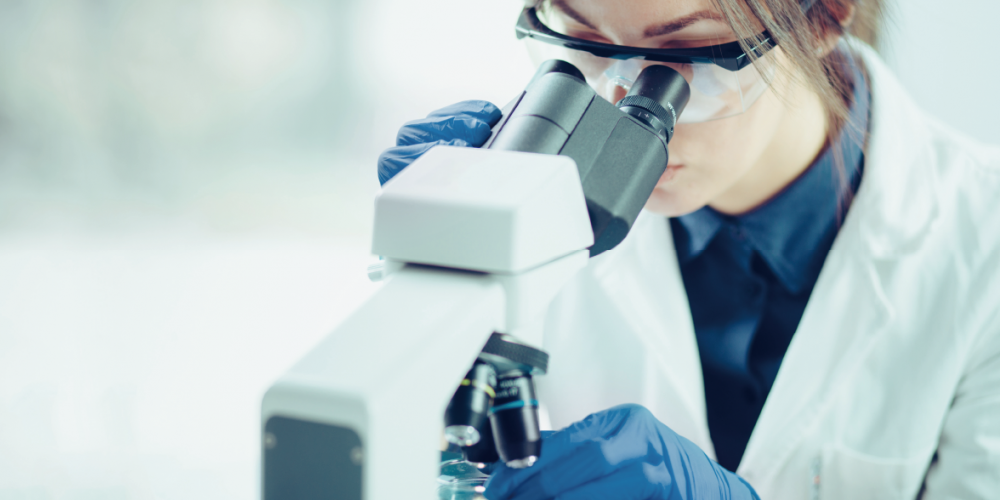Abstract
BACKGROUND
Administration of a single broadly neutralizing human immunodeficiency virus (HIV)–specific antibody to HIV-infected persons leads to the development of antibody-resistant virus in the absence of antiretroviral therapy (ART). It is possible that monotherapy with UB-421, an antibody that blocks the virus-binding site on human CD4+ T cells, could induce sustained virologic suppression without induction of resistance in HIV-infected persons after analytic treatment interruption.
METHODS
We conducted a nonrandomized, open-label, phase 2 clinical study evaluating the safety, pharmacokinetics, and antiviral activity of UB-421 monotherapy in HIV-infected persons undergoing analytic treatment interruption. All the participants had undetectable plasma viremia (<20 copies of HIV RNA per milliliter) at the screening visit. After discontinuation of ART, participants received eight intravenous infusions of UB-421, at a dose of either 10 mg per kilogram of body weight every week (Cohort 1) or 25 mg per kilogram every 2 weeks (Cohort 2). The primary outcome was the time to viral rebound (≥400 copies per milliliter).
RESULTS
A total of 29 participants were enrolled, 14 in Cohort 1 and 15 in Cohort 2. Administration of UB-421 maintained virologic suppression (<20 copies per milliliter) in all the participants (94.5% of measurements at study visits 2 through 9) during analytic treatment interruption, with intermittent viral blips (range, 21 to 142 copies per milliliter) observed in 8 participants (28%). No study participants had plasma viral rebound to more than 400 copies per milliliter. CD4+ T-cell counts remained stable throughout the duration of the study. Rash, mostly of grade 1, was a common and transient adverse event; one participant discontinued the study drug owing to a rash. A decrease in the population of CD4+ regulatory T cells was observed during UB-421 monotherapy.
CONCLUSIONS
UB-421 maintained virologic suppression (during the 8 to 16 weeks of study) in participants in the absence of ART. One participant discontinued therapy owing to a rash. (Funded by United Biomedical and others; ClinicalTrials.gov number, NCT02369146.)





